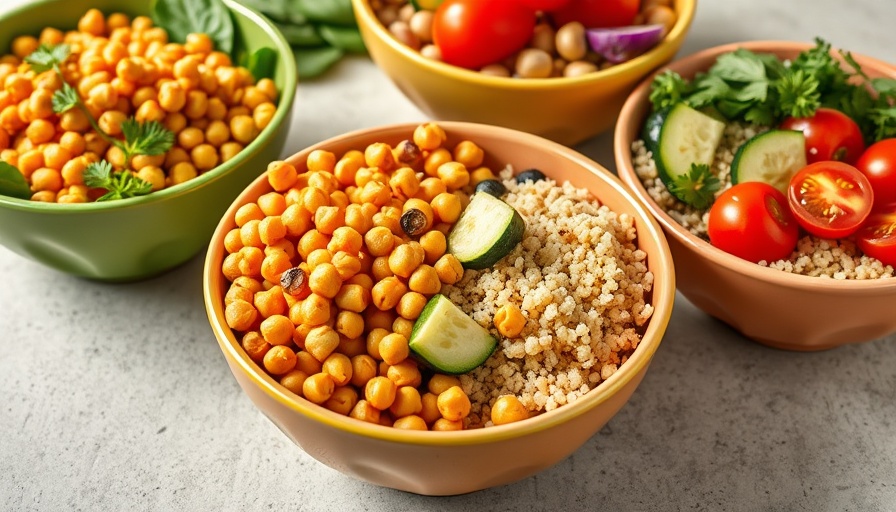
A Bagel Renaissance in Revere: The Return of the Bagel Bin
The much-anticipated return of the Bagel Bin has been a cause for celebration in Revere, Massachusetts. Owners George and Hansi Vlladesi welcomed a crowd of eager residents and officials during their grand opening ceremony, marking a significant moment for the local community. With heartfelt speeches from city officials and a joyous atmosphere, the reopening of Bagel Bin goes beyond just a restaurant; it symbolizes resilience and revitalization.
Healthy Choices on a Bagel
The Bagel Bin not only promises delicious bagels but also emphasizes healthy living, appealing to health-conscious eaters in Massachusetts. Featuring a variety of whole grain and veggie-packed options, the menu is designed to cater to various dietary preferences, proving that indulgence and wellness can coexist. For those seeking nutritious alternatives, this local gem will provide options that are not only tasty but aligned with healthier lifestyles.
Creating Connections and Strengthening Community Ties
In a world where dining experiences have become increasingly commodified, the re-establishment of the Bagel Bin instills a refreshing sense of community. It serves as a gathering place where locals can come together to enjoy good food and company. Mayor Patrick Keefe commended the Vlladesis for their commitment to fostering community spirit, which is critical as cities evolve post-pandemic. The restaurant has become a safe haven where family and friends can reunite, share laughs, and create lasting memories over a delicious meal.
From Old Traditions to New Innovations
Inspired by traditional bagel-making techniques, the Vlladesis have also infused modern twists into their offerings. By incorporating unique flavors and local ingredients, they are not only paying homage to the classic bagel but also appealing to adventurous palates. Cooking classes and tastings are plans on the horizon, promoting both engagement and culinary education within the community. This innovative approach positions Bagel Bin as a culinary destination while celebrating time-honored practices.
What This Means for Local Health and Wellness
The Bagel Bin stands as a model for how local businesses can contribute to community wellness. By prioritizing nutritious ingredients and catering to various dietary lifestyles, they are addressing common consumer demands in today’s health-conscious society. As residents seek healthier food options, the Bagel Bin offers convenient solutions and brings awareness to the importance of nutrition in daily meals.
Local Heroes Making a Difference
George and Hansi Vlladesi aren’t just serving bagels; they are becoming icons in the Revere community. Their journey of entrepreneurship, coupled with a commitment to healthy living, sets an example for aspiring local business owners. By focusing on quality and community engagement, they have paved the way for a thriving business that reflects local values and aspirations.
Take Action: Support Local Businesses
As the Bagel Bin opens its doors, it prompts a larger call to action—support your local businesses! Every meal enjoyed at a locally owned restaurant contributes to your community’s economy and fosters connection. Participate in community activities and celebrate the passion that small businesses bring, ensuring they continue to thrive for years to come.
In conclusion, the reopening of the Bagel Bin in Revere is not just about delicious food; it’s a meaningful step towards healthier living and community connection. By supporting such endeavors, individuals partake in a larger narrative of resilience, health, and local pride.
 Add Row
Add Row  Add
Add 




Write A Comment